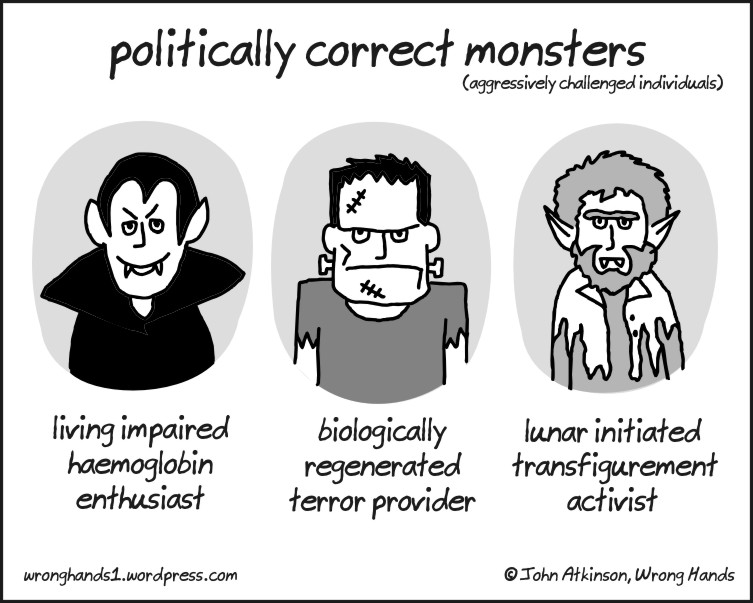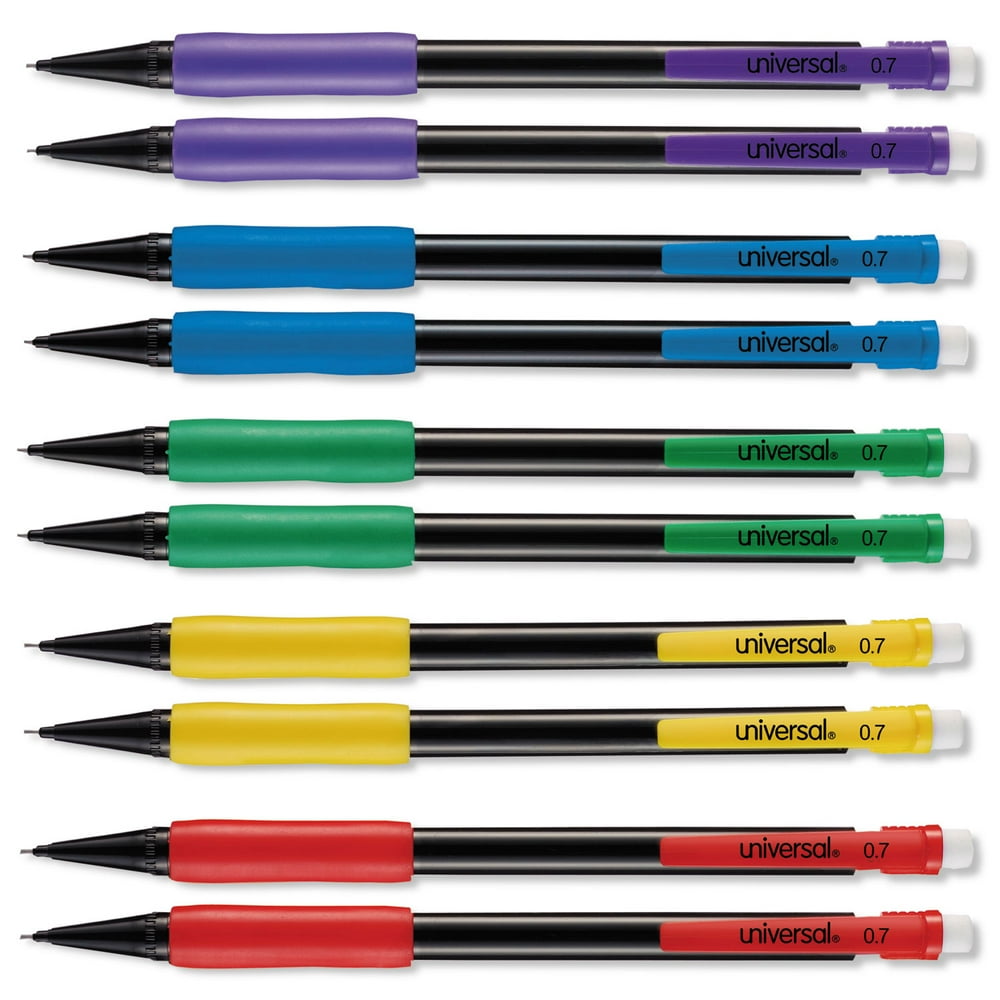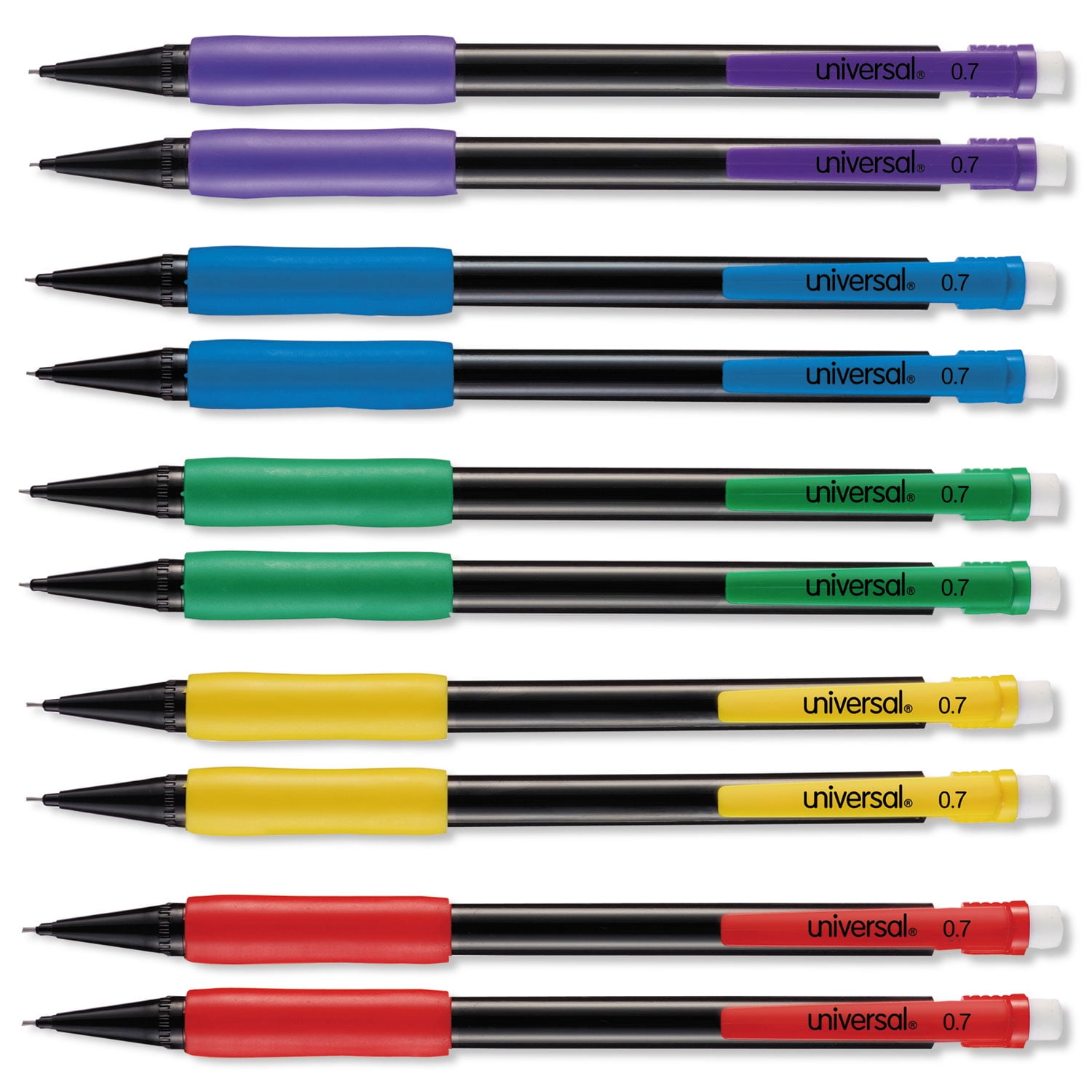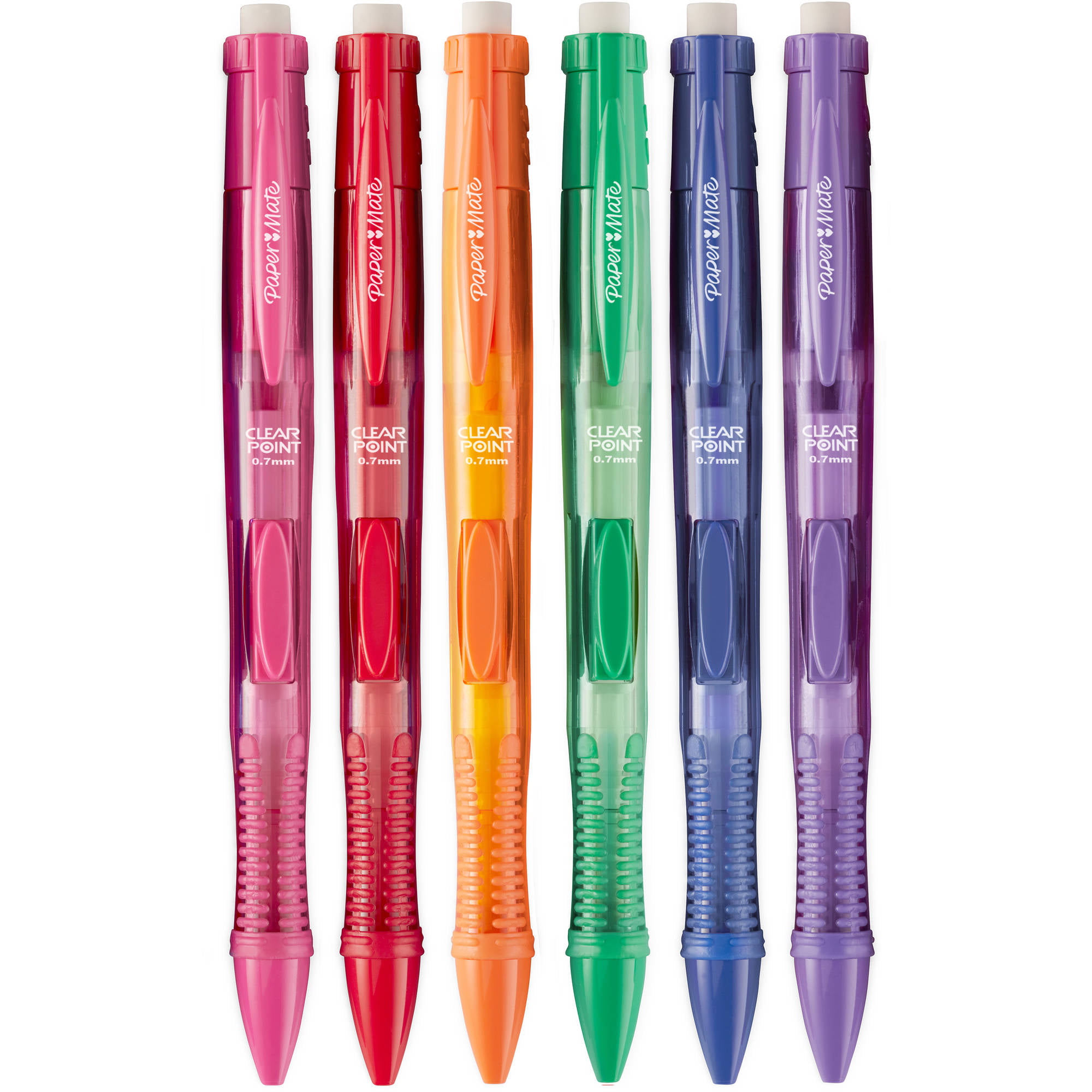
Introduction
People with mental disabilities have been the subject of debate for many years. One of the most controversial topics when it comes to talking about mental disabilities is the term "mentally challenged." Some people argue that this term is offensive and should not be used, while others believe it is the most politically correct term to use. In this article, we will explore whether the term "mentally challenged" is politically correct or not.
The History of Terminology

The language that is used when referring to people with disabilities has changed over the years. In the past, words such as "retarded" and "idiot" were commonly used to describe individuals with intellectual disabilities. These terms have since become offensive and are no longer used in a professional setting. The term "mentally challenged" was introduced as a more sensitive and politically correct term to use.
Why "Mentally Challenged" is Offensive

Despite the introduction of the term "mentally challenged," many people still find it offensive. This is because the term implies that people with intellectual disabilities are facing a challenge that they need to overcome. This can be seen as patronizing and insensitive. It also suggests that people with intellectual disabilities are not capable of achieving the same level of success as those without disabilities, which is not true.
Why Some People Think "Mentally Challenged" is Politically Correct

Despite the criticisms of the term "mentally challenged," some people still believe it is the most politically correct term to use. This is because it is seen as less offensive than some of the older terms that were used. It is also a term that is widely used in the medical and educational fields, which makes it easier to communicate with professionals about individuals with intellectual disabilities.
Alternative Terminology
As the language surrounding intellectual disabilities continues to evolve, new terms are being introduced. One of the most popular terms being used today is "intellectually disabled." This term is seen as more politically correct because it does not imply that people with intellectual disabilities are facing a challenge that they need to overcome. Other terms that are commonly used include "developmentally disabled" and "cognitively disabled."
The Importance of Person-First Language

Regardless of which term is used to describe individuals with intellectual disabilities, it is important to use person-first language. This means that the person should be referred to first and their disability second. For example, instead of saying "mentally challenged person," it is more appropriate to say "person with an intellectual disability." This puts the focus on the person as an individual, rather than their disability.
Moving Forward

It is important to remember that language is constantly evolving, and the terms that are used today may not be appropriate in the future. As we continue to learn more about intellectual disabilities, it is important to use language that is sensitive and respectful. Ultimately, the most important thing is to treat individuals with intellectual disabilities with the same dignity and respect that we would want for ourselves.
Conclusion
The term "mentally challenged" has been a subject of debate for many years. While some people believe it is the most politically correct term to use, others find it offensive. It is important to use person-first language and to be sensitive and respectful when referring to individuals with intellectual disabilities. As we continue to learn more about intellectual disabilities, it is likely that new terminology will be introduced to better represent and respect individuals with these conditions.
Related video of Is Mentally Challenged Politically Correct?
Introduction
Amsterdam is renowned for its relaxed attitude towards marijuana, but is it actually legal? The answer is yes and no, depending on where and how you use it. In this article, we will explore the legalities surrounding cannabis in Amsterdam.The History of Cannabis in Amsterdam
Cannabis has been a part of Amsterdam’s culture for centuries. It was first introduced in the 16th century by sailors who brought it back from their travels to Africa and Asia. In the 1970s, cannabis was decriminalized, and since then, Amsterdam has become famous for its “coffee shops,” where customers can purchase and consume marijuana.
The Current Law on Cannabis
The Dutch Opium Act of 1976 distinguishes between hard and soft drugs. Cannabis is classified as a soft drug, which means it is not legal but is tolerated under certain conditions. The law allows for the possession of up to five grams of cannabis for personal use, and the sale of cannabis is also permitted in licensed coffee shops.Where Can You Buy and Consume Cannabis in Amsterdam?
You can only buy cannabis in licensed coffee shops, which are regulated by the Dutch government. There are over 200 coffee shops in Amsterdam, but you must be over 18 years old and have a valid ID to enter. Smoking marijuana in public places is illegal in Amsterdam, so you can only consume it in licensed coffee shops or private residences.What Are the Rules in Coffee Shops?
Coffee shops have their own rules and regulations, which you must follow. You are not allowed to consume alcohol or any other drugs on the premises, and you can only purchase up to five grams of cannabis at a time. You also cannot sell or share your cannabis with others, and you must consume it on the premises.What Are the Risks of Using Cannabis in Amsterdam?
While cannabis is tolerated in Amsterdam, it is important to remember that it is still illegal. You could face fines or even imprisonment if you break the law. Additionally, smoking cannabis can have negative health effects, such as lung damage and mental health issues, so it is important to use it responsibly.Conclusion
In conclusion, cannabis is not technically legal in Amsterdam, but it is tolerated under certain conditions. You can only purchase and consume it in licensed coffee shops, and you must follow the rules and regulations of these establishments. It is important to use cannabis responsibly and be aware of the risks associated with its use.Related video of Is Marijuana Legal In Amsterdam?

Have you ever come across the word "lo" and wondered whether it is a real word? Well, you are not alone. Many people have asked the same question, and the answer is yes, "lo" is a word. In this article, we'll explore what "lo" means, its origin, and how it is used in modern language.
What Does "Lo" Mean?

"Lo" is an exclamation used to draw attention to something. It is often used to signal the start of a speech or to introduce a new topic. In some cases, it can also be used to express surprise or admiration.
For instance, "Lo and behold" is a common phrase used to draw attention to something surprising or unexpected. It can also be used to express excitement or admiration, such as "Lo, the magnificent view from the mountaintop!"
The Origin of "Lo"

The word "lo" has been in use since the Middle English period, which lasted from the 11th to the 15th century. During this time, it was commonly used as an interjection to call attention to something.
The word is believed to have originated from the Old English word "lā," which was used in a similar way. The use of "lo" declined in the early modern period but remained in use in certain contexts, such as in poetry and drama.
How is "Lo" Used Today?

Today, "lo" is not commonly used in everyday language. However, it is still used in certain contexts, such as in literature and poetry.
In some cases, "lo" is used ironically or humorously to draw attention to something mundane or unremarkable. For instance, "Lo and behold, another day of paperwork and meetings!"
It is also used in some religious contexts, such as in the Bible, where it is used to draw attention to important events or messages.
Conclusion
So, to answer the question, "Is lo a word?" the answer is yes. While it may not be a common word in everyday language, it has a long history and is still used in certain contexts today.

Related video of Is Lo A Word?
Many people believe that mechanical pencils contain lead, but is this really true? The answer might surprise you. In this article, we will explore the truth about lead in mechanical pencils and what materials are used instead.
What are Mechanical Pencils?

Mechanical pencils are writing instruments that use thin graphite sticks instead of traditional lead. These sticks are inserted into a mechanical holder that advances the graphite as it is used up. Unlike traditional pencils, mechanical pencils do not need to be sharpened.
Why are Mechanical Pencils Called "Lead" Pencils?

So, if mechanical pencils don't contain lead, then why are they often called "lead" pencils? The answer is simple: it's a misnomer. Mechanical pencils were originally called "lead pencils" because they were designed to mimic the look and feel of traditional lead pencils. However, as we now know, they do not contain lead at all.
What Materials are Used in Mechanical Pencils?

The materials used in mechanical pencils can vary, but most commonly, they are made with plastic or metal casings. The graphite sticks themselves are typically made with a mixture of graphite and clay, which gives them their characteristic smoothness and darkness.
Is Graphite Safe?

Graphite is a naturally occurring mineral that is generally considered to be safe for use in writing instruments. However, some people may be allergic to graphite, and prolonged exposure to graphite dust can cause respiratory problems. It's always a good idea to wash your hands after using a mechanical pencil to avoid accidentally ingesting any graphite.
Are There Any Health Risks Associated with Mechanical Pencils?
There are no significant health risks associated with using mechanical pencils. However, if a pencil casing breaks or is damaged, it's possible that small pieces of plastic or metal could become lodged in the skin or eyes. It's important to handle mechanical pencils with care and to dispose of them properly when they are no longer usable.
Do Mechanical Pencils Smudge More than Traditional Pencils?

One of the advantages of mechanical pencils is that they tend to smudge less than traditional pencils. This is because the graphite sticks are harder and less prone to smudging. Additionally, mechanical pencils often have erasers built into the end of the casing, which makes them more convenient for writing and erasing on-the-go.
Do Mechanical Pencils Last Longer than Traditional Pencils?

Another advantage of mechanical pencils is that they tend to last longer than traditional pencils. This is because the graphite sticks are designed to be used up completely, whereas traditional pencils become shorter and shorter as they are sharpened. Additionally, because mechanical pencils don't need to be sharpened, there is less waste.
Conclusion
In conclusion, while mechanical pencils may be called "lead" pencils, they do not actually contain lead. Instead, they use graphite sticks that are made with a mixture of graphite and clay. Graphite is generally considered to be safe for use in writing instruments, but it's always a good idea to handle mechanical pencils with care and to dispose of them properly. Overall, mechanical pencils are a convenient and long-lasting alternative to traditional pencils.
Related video of Is Lead in Mechanical Pencils?

Introduction
For over two decades, Judge Judy has been a popular TV show that has won the hearts of many. The show is known for its entertaining and dramatic court cases, which often leave viewers wondering whether the show is real or staged. In this article, we will explore the question of whether Judge Judy is real or not.
The Judge Judy Show
The Judge Judy show features real people with real cases, which are heard by retired judge, Judith Sheindlin. Judge Judy is known for her no-nonsense attitude and her quick wit, which often leaves litigants speechless. The cases that are heard on the show are small claims cases, which involve disputes over money or property.

The Show's Legitimacy
Many people question the legitimacy of the Judge Judy show, believing that the cases are staged, and the outcomes are predetermined. However, the show's producers have repeatedly stated that the cases are real, and the outcomes are decided by Judge Judy based on the evidence presented in court.
The litigants on the show are also not paid to appear, but they are given a nominal fee to cover their expenses, such as travel and accommodation.
Judge Judy's Salary
Judge Judy is one of the highest-paid television personalities, earning an estimated $47 million per year. Her salary has been a topic of discussion, with many people questioning how a retired judge could earn such a high salary.
However, Judge Judy's salary is not paid by the taxpayers but by the show's producers, who earn millions of dollars in advertising revenue from the show.
Judge Judy's Age
Another question that people often ask is whether Judge Judy's age is real or not. Judge Judy was born on October 21, 1942, which makes her 79 years old as of 2021.
Many people believe that Judge Judy's age is not real, and that she is much younger than she claims to be. However, there is no evidence to support this claim, and it is likely that Judge Judy's age is indeed real.
Conclusion
In conclusion, the Judge Judy show is real, and the cases that are heard on the show are genuine disputes between real people. While some people may question the show's legitimacy, there is no evidence to support the claim that the show is staged or that the outcomes are predetermined.
Judge Judy's age is also real, and there is no evidence to suggest otherwise. Her high salary is paid by the show's producers, and not by taxpayers, and is a result of the show's popularity and success.
Related video of Is Judge Judy Real?

Learning a new language can be a rewarding and challenging experience. Japanese is a popular language that many people want to learn, but some may be hesitant because they think it is too difficult. In this article, we will explore whether Japanese is hard to learn for English speakers and provide some tips for those who are interested in studying the language.
The Japanese Writing System

One of the biggest challenges in learning Japanese is the writing system. Unlike English, which uses the Latin alphabet, Japanese uses three writing systems: hiragana, katakana, and kanji. Hiragana and katakana are phonetic alphabets that are used to write Japanese words and grammatical particles, while kanji are Chinese characters that represent words and meanings.
While learning three writing systems may seem daunting, it is important to note that hiragana and katakana are relatively easy to learn and can be mastered in a few weeks. Kanji, on the other hand, can take years to learn and requires a lot of practice and dedication.
Pronunciation

Japanese pronunciation can also be a challenge for English speakers. Japanese has a different set of vowels and consonants compared to English, and the intonation and rhythm of the language are also different. However, with practice and guidance from a teacher or tutor, English speakers can learn to pronounce Japanese words correctly.
Grammar

Japanese grammar is also different from English grammar. Japanese sentences are structured differently, with the verb usually at the end of the sentence. However, Japanese grammar is more straightforward than English grammar, with fewer irregularities and exceptions.
Cultural Differences

One aspect of learning Japanese that is often overlooked is the cultural differences between Japan and English-speaking countries. Understanding Japanese culture and customs is an important part of learning the language and can make it easier to communicate with native speakers. It is also important to be aware of the nuances of the language and how they reflect Japanese culture.
Resources for Learning Japanese

Fortunately, there are many resources available for those who want to learn Japanese. Online courses, textbooks, and language exchange programs can all help English speakers improve their Japanese skills. It is also important to practice speaking and listening to the language as much as possible, whether through language exchange programs or with a tutor or teacher.
Conclusion
So, is Japanese hard to learn for English speakers? While it may have some challenges, such as the writing system and pronunciation, with dedication and practice, anyone can learn Japanese. Understanding Japanese culture and customs is also an important part of learning the language and can make it easier to communicate with native speakers. Overall, learning Japanese can be a rewarding experience and can open up new opportunities for personal and professional growth.
Related video of Is Japanese Hard To Learn For English Speakers?

Introduction
Seattle, located in the Pacific Northwest region of the United States, is known for its rainy weather. The city is often portrayed as a place where it rains all the time, but is this really true? In this article, we will explore Seattle's weather patterns and see if the city does indeed receive constant rainfall.
Seattle's Climate

Seattle has a mild, oceanic climate with cool temperatures and moderate rainfall throughout the year. The city is situated between the Olympic Mountains to the west and the Cascade Range to the east, which creates a rain shadow effect. This means that the mountains block some of the rainfall that would normally fall on Seattle, resulting in less precipitation than areas further inland.
Rainfall in Seattle
While Seattle does receive a fair amount of rain, it's not as much as you might think. On average, Seattle receives around 38 inches of rainfall per year, which is less than the national average. The rain in Seattle is also spread out fairly evenly throughout the year, with no one particular season being significantly wetter than the others.
Myth vs. Reality

So, is it true that it always rains in Seattle? The answer is no. While the city does receive its fair share of rainfall, it's not constant and there are plenty of sunny days to be had as well. In fact, Seattle has more sunny days than many other cities in the Pacific Northwest region, including Portland and Vancouver.
Conclusion
While Seattle's reputation for rainy weather is not entirely unfounded, it's important to note that the city does not receive constant rainfall and there are plenty of opportunities to enjoy sunny days as well. So, if you're planning a trip to Seattle, don't forget to pack your raincoat, but also be prepared to enjoy some beautiful weather as well.
Related video of Is It True That It Always Rains In Seattle?

Introduction
Tap water is a readily available and convenient source of drinking water for many people. However, concerns about the safety of tap water have led some individuals to boil their water before drinking it. Boiling water is believed to kill harmful bacteria and viruses that may be present in tap water. But is it safe to drink tap water after boiling? This article will explore the safety of drinking tap water that has been boiled.
The Boiling Process

Boiling water is one of the most effective ways to kill harmful pathogens that may be present in tap water. When water is boiled, it reaches a temperature of 100°C (212°F), which is high enough to kill most bacteria and viruses. This process is particularly effective against waterborne diseases such as cholera, typhoid, and dysentery.
Boiling Water and Chemical Contaminants

While boiling water can kill harmful bacteria and viruses, it does not remove chemical contaminants that may be present in tap water. Some chemicals, such as lead and fluoride, can actually become more concentrated in the water as it boils. Therefore, if your tap water contains high levels of chemical contaminants, boiling it may not be enough to make it safe for drinking.
Boiling Water and Minerals
Boiling water can also affect the mineral content of tap water. Some minerals, such as calcium and magnesium, can become more concentrated in the water as it boils. This can lead to a buildup of mineral deposits in your kettle or other containers that you use to boil water. While these minerals are not harmful to your health, they can affect the taste of the water and may be undesirable for some individuals.
Boiling Water and Microplastics

Microplastics are tiny plastic particles that can be found in tap water. While boiling water can kill harmful bacteria and viruses, it does not remove microplastics from tap water. In fact, boiling water may actually increase the concentration of microplastics in the water. Therefore, if your tap water contains high levels of microplastics, boiling it may not be enough to make it safe for drinking.
Boiling Water and Cryptosporidium
/Getty_ing-form-187180432-585e3a4e3df78ce2c3e7651f.jpg)
Cryptosporidium is a parasite that can cause gastrointestinal illness if ingested. While boiling water can kill most bacteria and viruses, it may not be effective against Cryptosporidium. In fact, this parasite is highly resistant to boiling and can survive temperatures of up to 60°C (140°F). Therefore, if your tap water is contaminated with Cryptosporidium, boiling it may not be enough to make it safe for drinking.
Alternatives to Boiling Tap Water

If you are concerned about the safety of your tap water, there are several alternatives to boiling it. One option is to use a water filtration system, which can remove harmful bacteria, viruses, chemical contaminants, and microplastics from tap water. Another option is to purchase bottled water, which is typically tested and regulated to ensure its safety for drinking. However, it is important to note that bottled water can be expensive and may not be an environmentally sustainable option.
Conclusion
In conclusion, boiling water can be an effective way to kill harmful bacteria and viruses that may be present in tap water. However, it is not a solution for all water contaminants, such as chemical pollutants or microplastics. If you are concerned about the safety of your tap water, there are several alternatives to boiling it, including using a water filtration system or purchasing bottled water. Always remember to prioritize your health and safety when it comes to drinking water.
Related video of Is It Safe To Drink Tap Water After Boiling

Introduction
As pet owners, we often wonder if we can feed our dogs with cat food or vice versa. While cats and dogs have different nutritional requirements, the question remains, is it okay for dogs to eat cat food?
The Difference Between Cat and Dog Food
Cat food is formulated to meet the nutritional requirements of cats, while dog food is formulated for dogs. Cats are obligate carnivores, which means they require high amounts of protein in their diet, while dogs are omnivores and can consume a variety of food sources.
Why Is Cat Food Attractive to Dogs?
Cat food is often higher in protein and fat than dog food, which makes it more appealing to dogs. Additionally, cat food is often tastier and has a stronger smell than dog food, which can entice dogs to eat it.
The Dangers of Feeding Your Dog Cat Food
While it may be tempting to feed your dog cat food, it can be harmful to their health in the long run. Cat food is higher in protein and fat than dog food, which can lead to obesity, pancreatitis, and other health problems in dogs.
What Happens if My Dog Eats Cat Food?
If your dog eats cat food occasionally, they may not experience any adverse effects. However, if your dog eats cat food regularly, it can lead to health problems. Symptoms of eating cat food include vomiting, diarrhea, and abdominal pain.
What Should I Do If My Dog Eats Cat Food?
If your dog eats cat food, monitor them for any symptoms of illness. If they exhibit any symptoms, contact your veterinarian immediately. Additionally, it is important to keep cat food away from your dog to prevent them from eating it.
Alternatives to Cat Food for Dogs
If you are looking for an alternative to cat food for your dog, there are many options available. You can feed your dog with a high-quality dog food that meets their nutritional requirements. Additionally, you can feed your dog with fresh fruits and vegetables that are safe for dogs to consume.
Conclusion
In conclusion, it is not okay for dogs to eat cat food regularly. While cat food may be more appealing to dogs, it can be harmful to their health in the long run. It is important to feed your dog with a high-quality dog food that meets their nutritional requirements. If you have any concerns about your dog's diet, consult with your veterinarian.Related video of Is It OK For Dogs To Eat Cat Food?
ads
Search This Blog
Blog Archive
- September 2022 (1)
- August 2022 (30)
- July 2022 (32)
- June 2022 (30)
- May 2022 (31)
- April 2022 (29)
- March 2022 (32)
- February 2022 (28)
- January 2022 (30)
- December 2021 (7)
About Me
